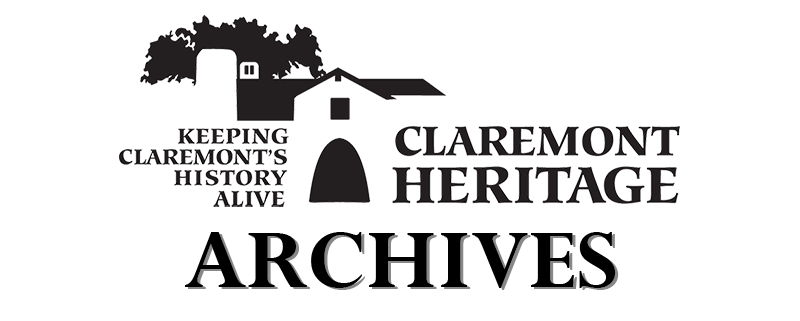A History of Claremont in 100 Objects: Orchard Heater-Mary Garner Hirsch Collection #5 "Orchard Heater/Smudge Pot"

A History of Claremont in 100 Objects: Orchard Heater-Mary Garner Hirsch Collection #5 "Orchard Heater/Smudge Pot" Artifact Description: Red metallic cylinder approximately two feet in height with reservoir base and ventilated funnel stack. Orchard Heaters, also called Smudge pots, were a common sight across Southern California for almost half a century. Considered mandatory equipment for citrus orchards during the winter season, they were used to prevent frosting of citrus during winter cold periods. Although the orchards that smudge pots kept warm are now mostly gone, the transformation and environmental changes they brought are still relevant to us today. The smudge pot was invented by William Scheu in Grand Junction Colorado in 1907, who designed an oil-burning stack heater that would help to protect crops against frost that was more reliable than either coal burners or an open fire. Scheu moved to Upland, California where he founded a company that designed smudge pots

